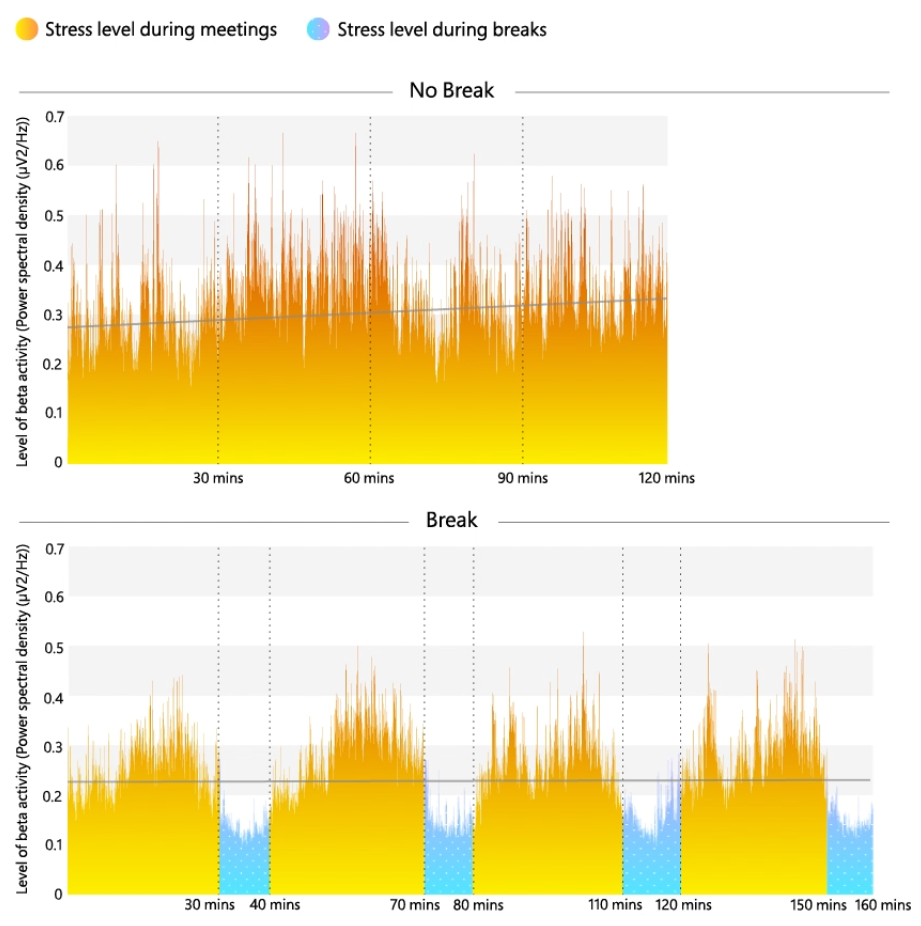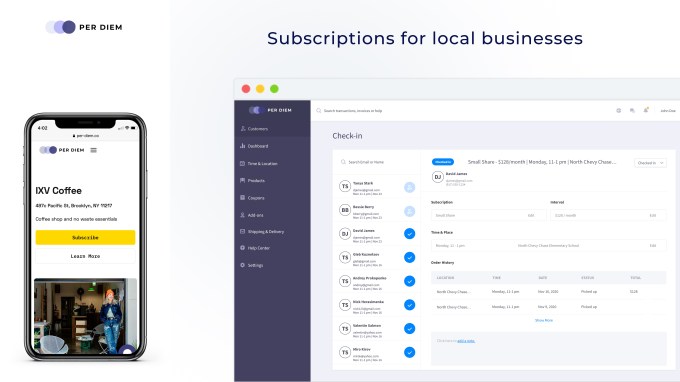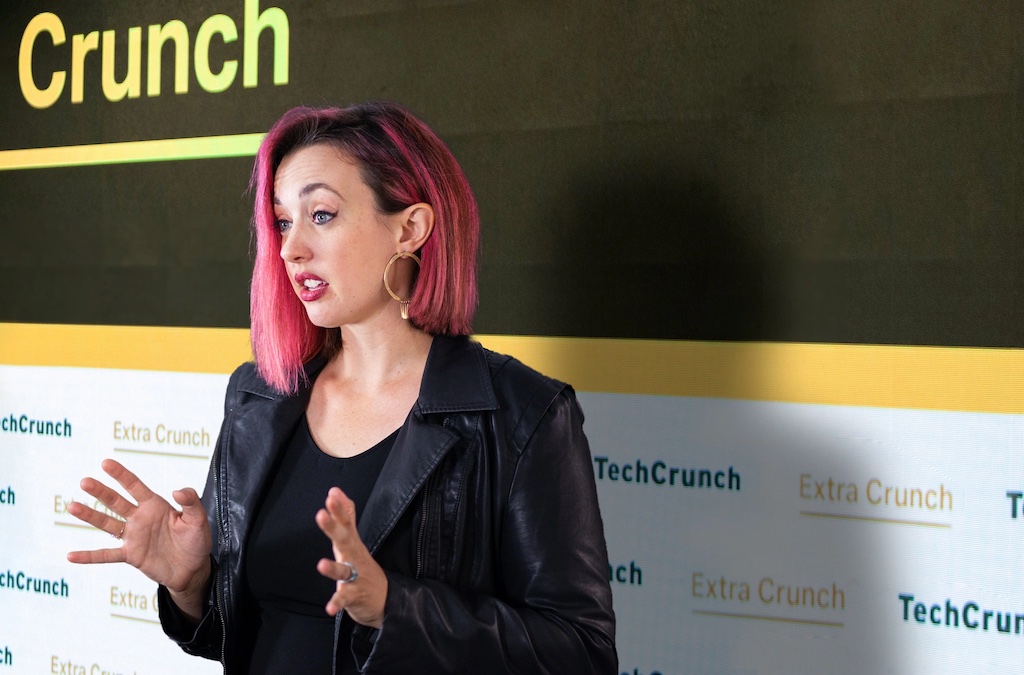News: Daily Crunch: Google Meet will get a new look and new features
Google announces upgrades to Google Meet, Amazon is bringing its palm scanner to Whole Foods and Microsoft looks at the effect of video calls on our brains. This is your Daily Crunch for April 21, 2021. The big story: Google Meet will get a new look and new features Google Meet is getting a number
Google announces upgrades to Google Meet, Amazon is bringing its palm scanner to Whole Foods and Microsoft looks at the effect of video calls on our brains. This is your Daily Crunch for April 21, 2021.
The big story: Google Meet will get a new look and new features
Google Meet is getting a number of updates, including a new user interface that should make the controls more visible (rather than hiding them in menus), the ability to pin multiple video feeds, autozoom (which will automatically place you in the center of the frame) and background replacement, starting with just a few scenes.
It sounds like these changes aren’t happening all at once, but will roll out gradually over the next few months. Google said the goal is to make online meetings “more immersive, inclusive and productive.”
The tech giants
Foxconn’s Wisconsin factory plans scaled back dramatically — The Taiwanese manufacturing giant is scaling back its investment from $10 billion to $672 million.
Amazon is bringing its Amazon One palm scanner to select Whole Foods as a payment option — That means Whole Foods customers could choose to scan their palm over the reader to pay for their purchases.
Instagram launches tools to filter out abusive DMs based on keywords and emojis — It will also allow users to proactively block people, even if they try to make contact from a new account.
Startups, funding and venture capital
Remote hiring startup Deel raises $156M at a $1.25B valuation after 20x growth in 2020 — Deel aims to allow businesses “to hire anyone, anywhere, in a compliant manner.”
Discount grocery startup Misfits Market raises $200M — This round moves the startup known for selling “ugly” fruits and vegetables into unicorn territory.
AppOmni raises $40M for tools to secure enterprise SaaS apps — The startup has built a platform to help monitor SaaS apps and their activity, provide guidance to warn or block when things might go wrong and fix problems when they do occur.
Advice and analysis from Extra Crunch
Four ways martech will shift in 2021 — First and foremost, differentiation is going to be imperative.
Micromobility’s next big business is software, not vehicles — The days of the shared, dockless micromobility model are numbered, at least according to Puneeth Meruva of Trucks Venture Capital.
Dear Sophie: How can I get my startup off the ground and visit the US? — The latest edition of Dear Sophie, the advice column that answers immigration-related questions about working at technology companies.
(Extra Crunch is our membership program, which helps founders and startup teams get ahead. You can sign up here.)
Everything else
This is your brain on Zoom — Microsoft has done a little brain science and found out that yeah, constant video calls do increase your stress and brain noise.
New privacy bill would end law enforcement practice of buying data from brokers — A new bill known as the Fourth Amendment is Not for Sale Act would seal up a loophole that intelligence and law enforcement agencies use to obtain troves of sensitive and identifying information.
The Daily Crunch is TechCrunch’s roundup of our biggest and most important stories. If you’d like to get this delivered to your inbox every day at around 3pm Pacific, you can subscribe here.









